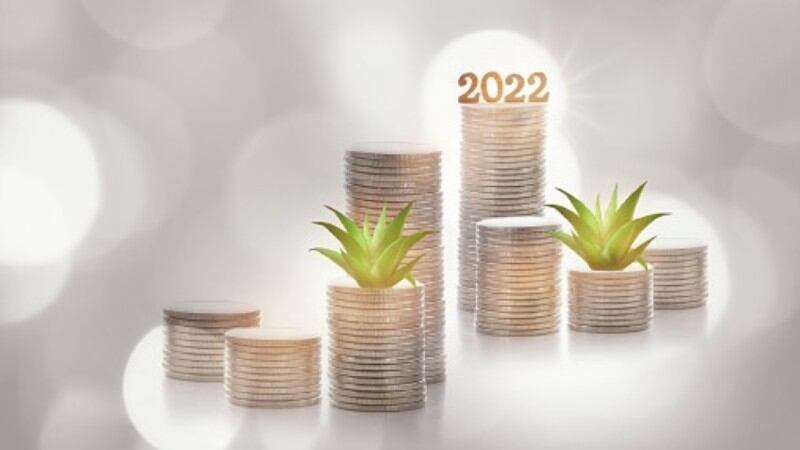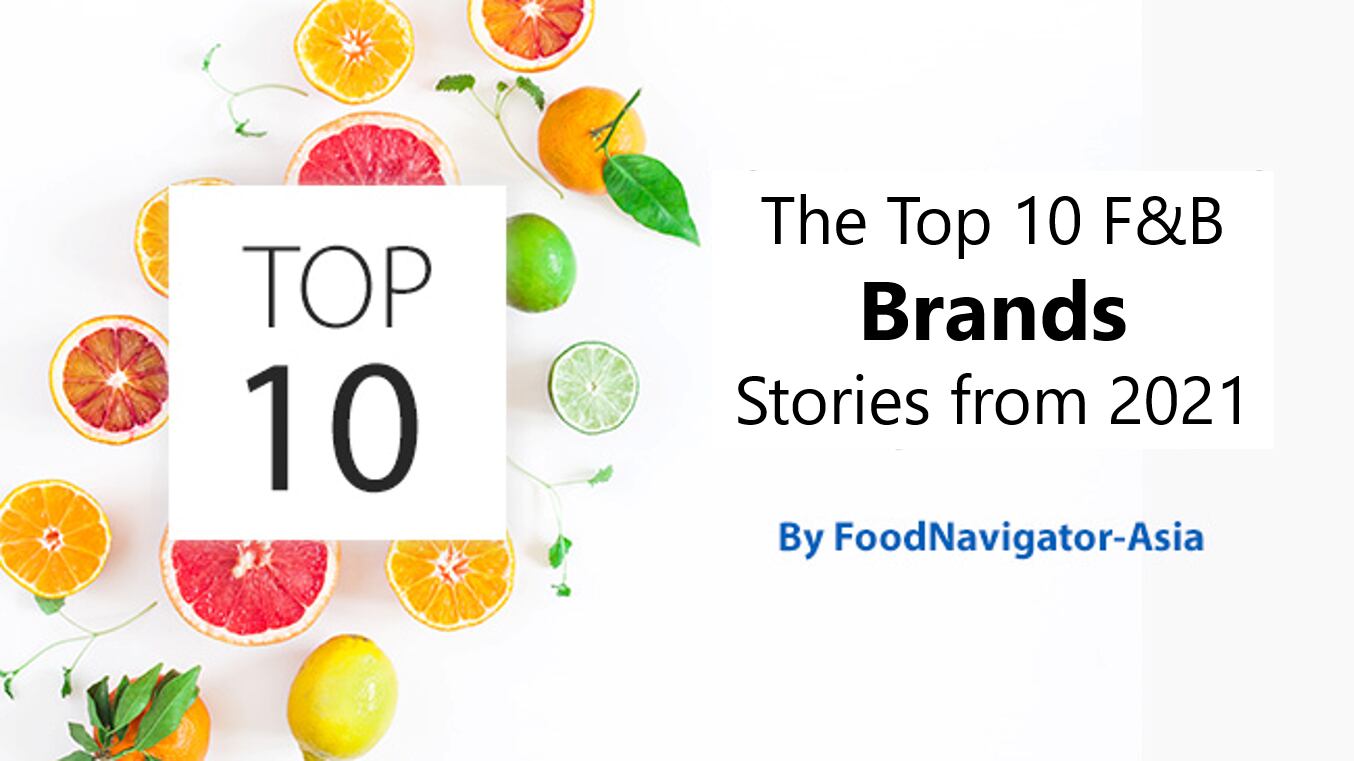Upcycling in the spotlight
As consumers demand their food and beverages to be more sustainable, the area of upcycling is also rapidly gaining in popularity for brands to boost their sustainability credentials, with various companies opting to utilise their food waste to make value-added products.
The upcycling trend is growing steadily in Asia-Pacific, with companies such as New Zealand’s LILO which makes desserts from discarded ‘ugly fruits’, international fruit giant Dole which has established a new operational arm focusing solely on upcycling fruit waste, and Japan’s Keishindo which uses discarded shrimp heads to turns them into shrimp snacks.
“The time has come where we simply can't ignore the fruit waste problem anymore. There has been increasing awareness from government and research institutions into the volume of fruit loss and a generation coming of age who realises it is our responsibility to do better, creating more resilient food systems,” said LILO General Manager Cleo Gilmour.
“Consumers are also seeking more innovative products with food choices a growing part of your social identity, [and] New Zealand’s strong agriculture industry makes it a suitable environment for upcycling foods.
“With some of the world's best, most nutritionally dense fruit thanks to our unique growing conditions and thin ozone, we have a huge opportunity to focus on value-add products that deliver health and immunity benefits.”
LILO believes it can fill the gap between the orchard's excess fruit and consumer demand for healthier, convenient products. It will be making product launches, including its Dessert 2.0 plant-based cheesecakes across New Zealand supermarkets and a Party Mix of natural New Zealand dried fruits, locally in early 2022, and looking to export later in the year.
Global fruit and fruit products heavyweight Dole has also zoomed in on upcycling as a major area of focus for it in 2022, having partnered with the Singaporean government and academics to set up a specialised business arm, Dole Specialty Ingredients, which focuses purely on using fruit waste from Dole fruit products to make new high-value items.
A pilot upcycling facility has been set up in the Philippines within existing Dole facilities, whereas management and innovation will take place in Singapore.
“Dole generates about a million tonnes of fruit side streams yearly, [including] peels, seeds, pomace, stems and other parts of the bananas, pineapples and papayas grown in our orchards, not to mention fruits which have been rejected due to imperfections,” Dole Specialty Ingredients Managing Director Wei Tze Ooi said.
“This business model is being tried and tested [to reduce the food waste generated], and instead we will try to use these to make specialty ingredients including enzymes, extracts, oils, fibres and more for use in various industries including F&B.”
Commercial launch of these upcycled products has been planned for the second half of 2022.
Over in Japan, Executive Managing Director at Keishindo Yuji Mitsuda said the country is still in the early phases of the upcycling trend and consumer education is still limited.
“We believe that Japan is still in the developing stage with regards to creating upcycled food from food waste. In addition, awareness of the SDGs and upcycled food is still low in Japan in general, and I think it will take some time for the entire nation to become aware of the issue,” said Mitsuda.
Keishindo created an upcycled food product called Sustainable Shrimp Crackers in June 2021, made using the waste from shrimp that has been caught via controlled, sustainable fishing methods., and Mitsuda believes that there is growing awareness taking place regarding upcycling.
“In Japan, we are still at the stage where companies have just started being asked to contribute towards the SDGs [such as upcycling],” he said.
“In response to the growing interest in ethical consumption among consumers, mainly large corporations have begun to take initiatives around the UN’s Sustainable Development Goals (SDGs), but most small and medium-sized companies have not yet been able to take specific measures.
“The challenge for us is making products [from shrimp waste] that taste as good as conventional products, and costing the same as regular products.”
Energy drinks focus for both big firms and better-for-you enthusiasts
Energy drinks are traditionally sought after by consumers in search of an energy boost, and though these have been around in the beverage sector for a long time, for companies such as AB InBev India, it is a whole new emerging category.
AB InBev India recently launched its first energy drink into the market dubbed Budweiser Beats, looking to gain traction in what it has deemed a ‘severely under-penetrated category’.
“With the introduction of Budweiser Beats, AB InBev India aims to disrupt an otherwise established but severely under-penetrated category,” AB InBev India New Business Development Director Sivasubramaniam S said.
“[We are confident that] its superior taste [can offer a] differentiated drinking experience that meets evolving consumer preferences.
“More innovations under the Budweiser Beats umbrella to address all energy drink consumer needs, from different flavours to different sugar content options, are also on the way.”
Indeed, many energy drink options currently available are commonly caffeine-rich and full of artificial flavours, colours and additives, and as consumers become more health conscious, the energy drink market is also seeing healthier reformulation becoming an emerging sector.
“There are groups of consumers who want the extra energy boost but are dissatisfied with the high levels of artificial ingredients and refined sugars that many energy drinks on the market contain,” energy drink firm Phoric Co-Founder Holly Sutich said.
“[This is a growing sector], which is why we formulated a range of great-tasting, natural energy drinks unlike anything seen in the local market.”
Phoric makes natural energy drinks from Guayusa, a superleaf that contains caffeine, l-theanine and double the antioxidants of green teaGuayusa has been used for thousands of years as a hot brew energy tea by tribes in the Amazon.
To appeal to more health-conscious energy drink consumers, Sutich said that besides using natural ingredients, energy drink companies can also look at directly reducing sugar levels as well as incorporating other functional benefits such as antioxidants, vitamins and minerals.
“The level of innovation going on around the world in this [energy drink] space is really exciting,” she said.
Next stop, Asia for organic children’s snacks
No trend has been more amplified by the COVID-19 pandemic than health and wellness, reflected by the rise in demand for healthier food products all over the world. This has been no different for food and beverage products targeted at children, and according to Australia’s largest organic kids’ snacks brand Whole Kids, now is the time for it to target Asia.
“Children’s snacks [are not new] but never has the appreciation for good quality, nutritious, organic product options been higher [amongst parents],” Whole Kids Founder and CEO Monica Meldrum said.
“We’ve seen a lot of success in Australia and New Zealand, seeing 60% and 58% year-on-year growth in Coles and Woolworths supermarkets respectively, as well as 150% growth in Countdown NZ. We’ve also just expanded into over 500 Aldi Supermarkets as of December 2021,” Meldrum said.
“This is a strong consumer movement for cleaner, healthier products [and a clear sign that] Families want better quality, more nutritious and sustainably-sourced plant-based foods for their children that also offer convenience.
“High-priority markets for us this year are mostly in Asia, starting in South Korea where we are partnering Pinkfong to launch Whole Kids products with Baby Shark characters, a major thing for us as Baby Shark was such as viral hit on YouTube and one of if not the most-watched video of all time.”
Other than South Korea, Meldrum has also lined up distribution in Malaysia and Singapore, and is doing the same in Hong Kong.
When asked why Asia is such a clear emerging market for Whole Kids at this time, she explained that in addition to parent awareness this also has a lot to do with local demographics.
“Some factors in Asia which we believe will help to propel the growth of the organic kids snacks market include the birth rates, current population sizes and the rate of growth of the population sizes,” shesaid.
“There are also many well-established markets within Asia where we know we will be up against other global brands and organic products, and success in these markets will help us to springboard to even more countries.
“It is also important to consider the population of millennial parents as these are the ones reassessing their lifestyles according to growing awareness of health and nutrition, and want to not only feed themselves and their kids with healthy products but also want these to be good for the planet, which we want to stand for too.”





